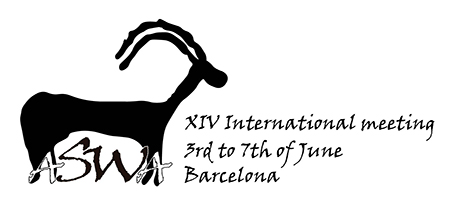Animal husbandry is one of the primary steps toward the civilization as we know it today, which have had profound influence not only on our evolutionary pathway but also in larger scale on the biosphere. To understand the process of animal domestication, it is inevitable to investigate the initial human-animal interactions prior to the completion of speciation and consequently appearance of the domestic species. In the present study a new procedure is proposed to quantify the effects of human interference on animal lifestyle by inferring the level of physical activity of the animal in question. Framework of the procedure is based on the concept of bone adaptive remodeling, a regulatory process accountable for altering bone tissues (cortical and cancellous) to keep them functional under different loading environments. The methodology pipeline can be categorized in two major steps, 1- simulate bone mechanical behavior under certain magnitude of load using finite element analysis 2- predict the force which was applied on the bone when animal was alive using reverse finite element procedure. Results show that the biomechanical approach is able to successfully categorize specimens based on their level of physical activity, a quantity calculated after normalizing the predicted force against size of specimen. Normalization was carried out using power low regression fitting. Moreover, as a biproduct of reverse finite element analysis, direction of the predicted force was also defined. The direction potentially is helpful to investigate metacarpo / metatarsophalangeal joints disorders as well as characteristics of the habitat surrounded animals.
|
|
|
By author > Barceló Juan Anton
A Biomechanical approach to understand Neolithic animal husbandry
1 : Universitat Autònoma de Barcelona [Barcelona]
(UAB)
-
Website
UAB Campus 08193 Bellaterra Barcelona -
Spain
2 : Quantitative Archaeology Lab
(LAQU)
-
Website
Department of Prehistory, Autonomous University of Barcelona, Faculty of Philosophy and Letters, Building B, 08193 Bellaterra (Barcelona) -
Spain
| Online user: 1 | RSS Feed |

|

 PDF version
PDF version